Our first stop here, as always, was the Visitor Center.
There are impressive exhibits as well as a video that can be seen in the theatre that provide the history of Fort Necessity, Braddock's Grave, The National Road, and Mount Washington Tavern. The Park Rangers shared with us the schedule for the day for Ranger-led tours, educational sessions, musket firing, etc.
Fort Necessity:
Fort Necessity:
George Washington, a 21-years old lieutenant colonel for the British, was sent to warn the French to withdraw from the area in 1753-54.
They refused, setting the stage for the battle at Fort Necessity. The Native Americans informed Washington that a French scouting party was in nearby Jumonville Glen. The Virginia Regiment led by Washington engaged in a squirmish that resulted in the French commander being killed. Debate continues on how the battle began: the French contend they were ambushed and murdered; the British said that the French fired the first volley.
When Washington and his troops arrived at the Great Meadows they were exhausted and with only limited supplies. They began building a stockade structure with an enclosed shed to house supplies (flour, corn, gunpowder, musket balls, cannon shot, and rum). He also had them dig trenches around the stockade area that can be seen today.
The French attacked at dawn on July 3, 1754 with a force of 700. Washington's 300 men were outmanned and were poorly position for the battle. In torrential rain the fight lasted about 8 hours resulting in 30 dead and 70 wounded of the 300 British troops. The French offered terms of surrender that Washington accepted and his troops retreated in defeat.
The British turned the tide of the war in 1758. It ended in America in 1760 when the British captured Montreal. The Seven Years War continued in other parts of the world until 1763.
Braddock Grave: The Braddock Road opened in 1751 between Fort Cumberland (upper Potomac in VA) to the French military station at Fort Duquesne (Pittsburgh). It was named for British General Edward Braddock who, accompanied by Colonel George Washington of the Virginia Militia, used it for the failed assault on Fort Duquesne in 1755.
Injured in the fighting at the Battle of Monongahela, Braddock died of his wounds 7/14/1755 and was buried in the middle of the road by his men. They feared that the Native Americans would mutilate his body if they found the secret grave.
In 1804, during repairs to the road, workmen uncovered Braddock's grave. His remains were disinterred on this hill. The granite monument was added in 1913.
The National Road: George Washington proposed a route to connect the Western frontier to the eastern seaboard in the late 1700s. The building of the road, later named The National Road, was authorized by Congress in 1806. Work began in 1811 and connected Cumberland to Wheeling by 1818. By 1829, the road stretched 600 miles to Vandalia, IL. It was the first federally funded highway. A few original markers can be seen today along Route 40 which follows most of the original route.
Mount Washington Tavern: Built in 1830, Mount Washington Tavern was stage stop for the Good Intent Stage Line. It was one of many such establishments along the National Road, although this was finer than most.
90% of the structure is original and restoration work is currently underway on the exterior. The interior remains open.
Travelers had a hot meal in the dining room. Women gathered in the parlor after dinner while the men went to the barroom.
Men and women slept in separate rooms on the second floor, often sharing bedspace with strangers. Most just slept in their clothes arising early the next morning to continue their journey.
Admission to Fort Necessity is $15, but our senior pass gets us in for free. Honestly, I had never heard of this place. We thoroughly enjoyed the quality exhibits at the Visitor Center and learning more about our nation's history in this part of the country. If you visit, be sure to tour the Tavern and Braddock's grave that are located a distance from Fort Necessity. You can walk or drive to the Tavern, but will need to drive a couple of miles to the grave.
Website: www.nps.gov.fone
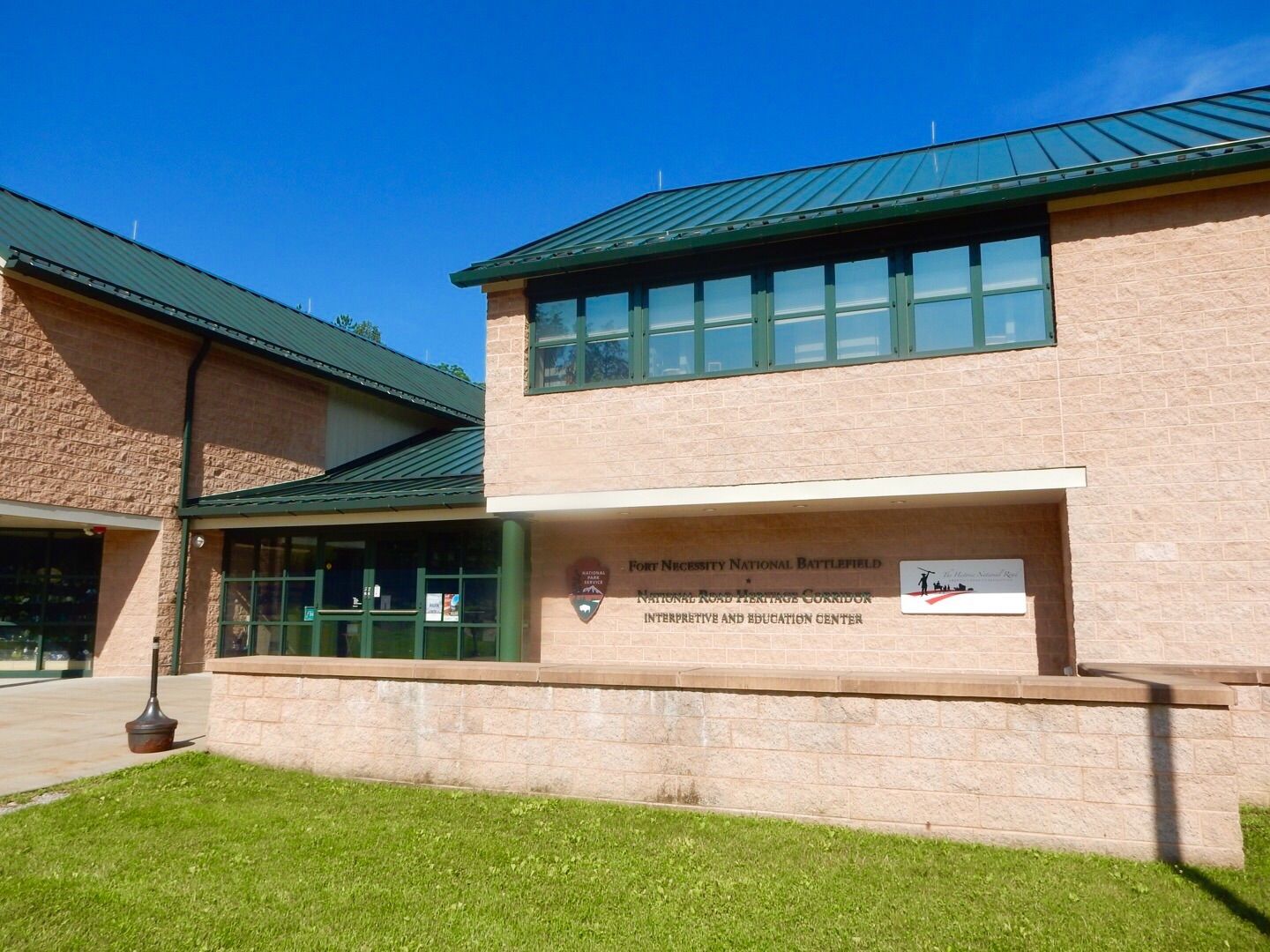
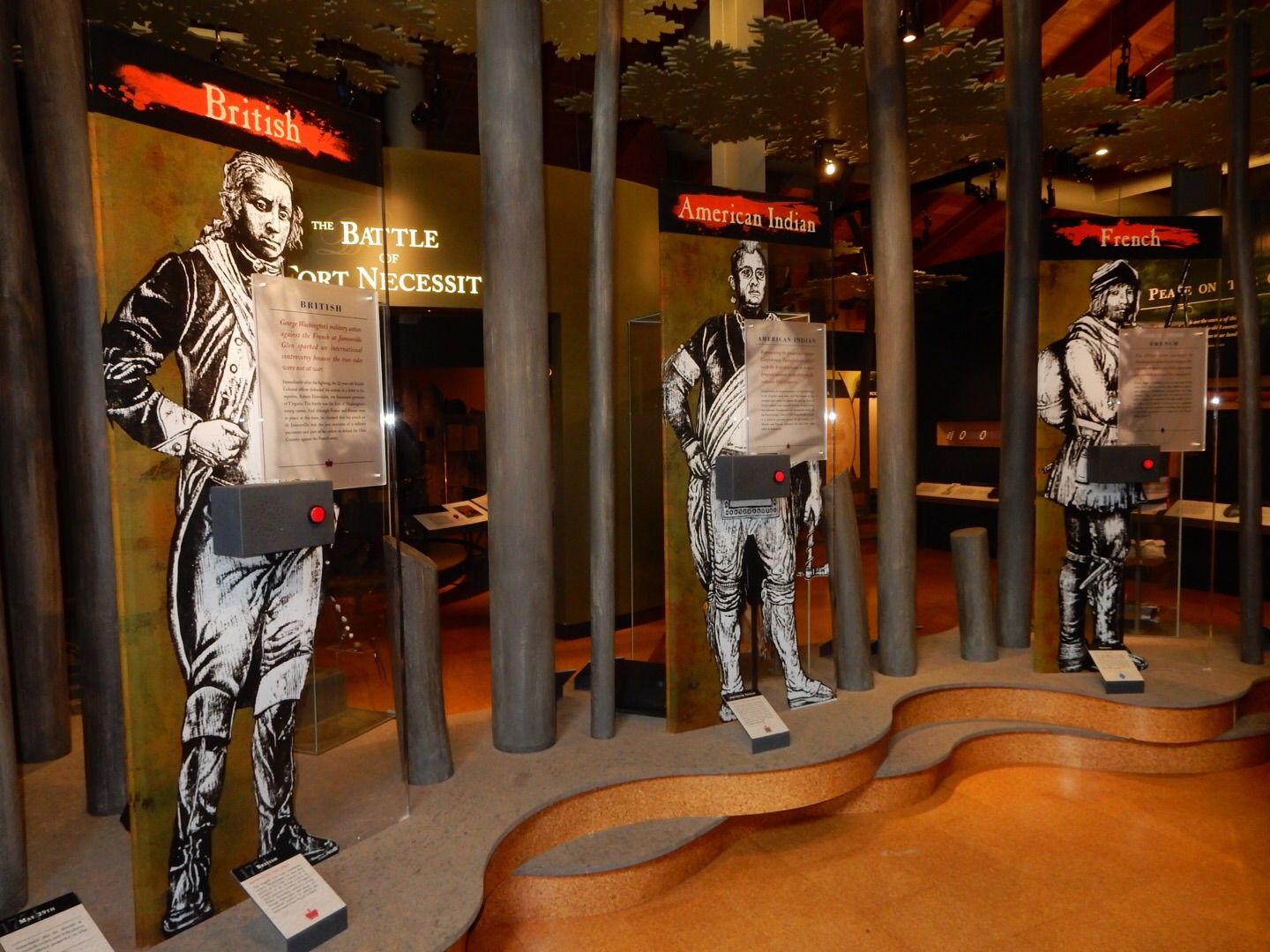
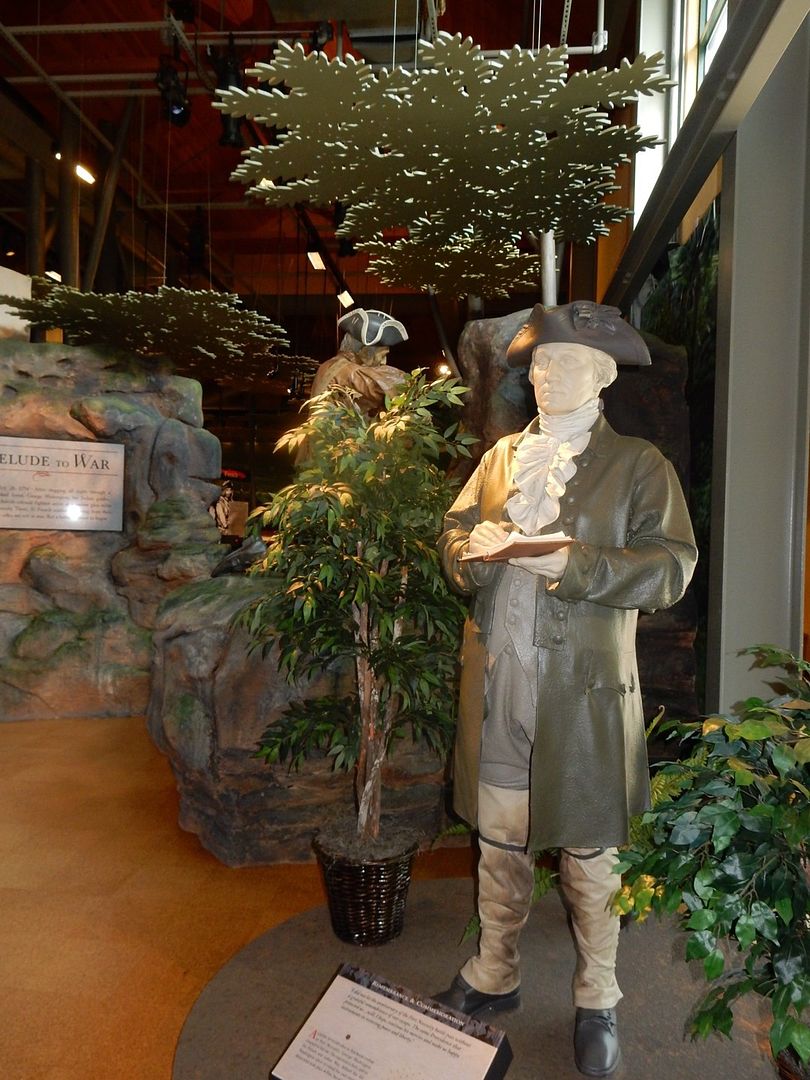
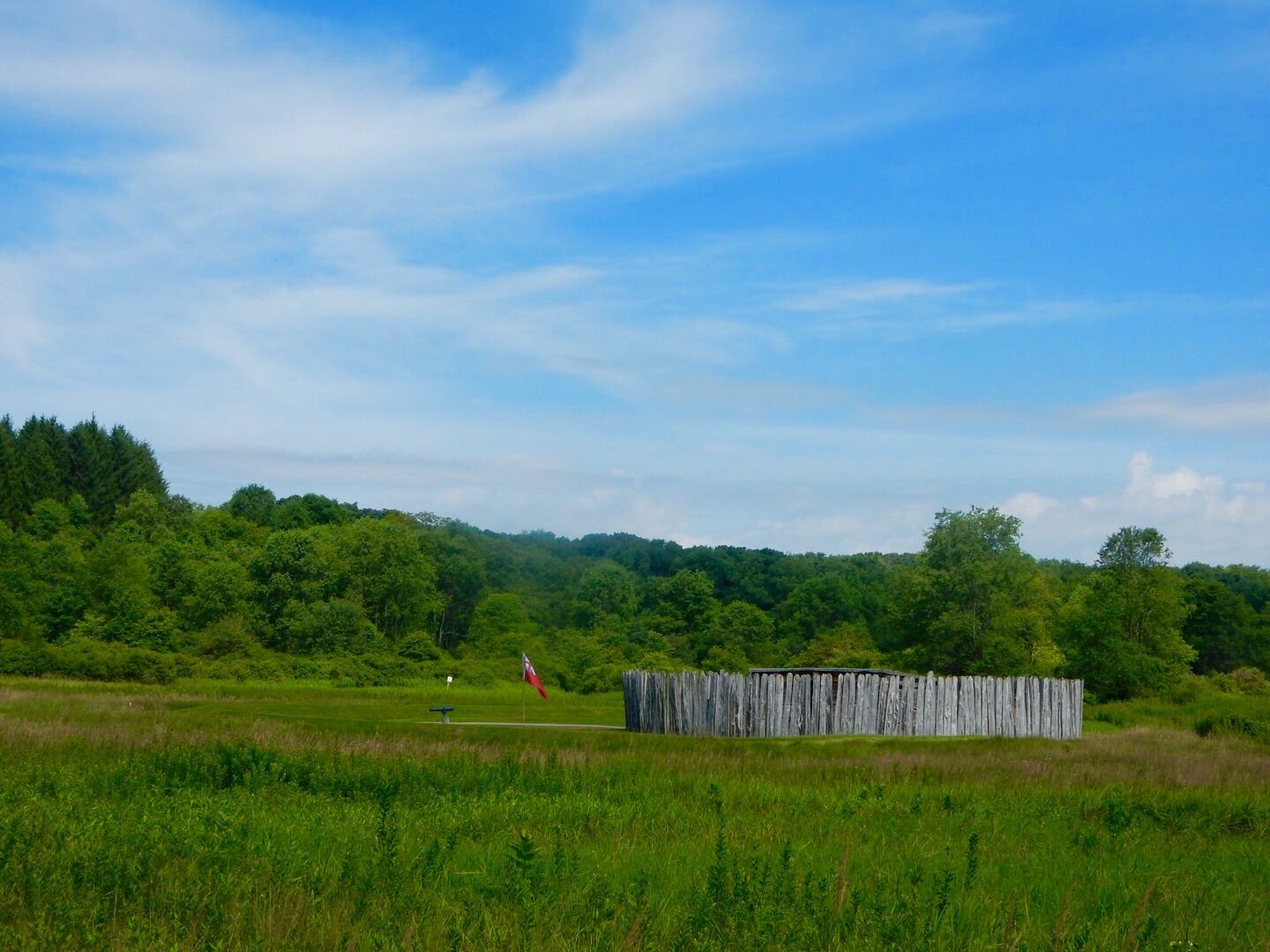
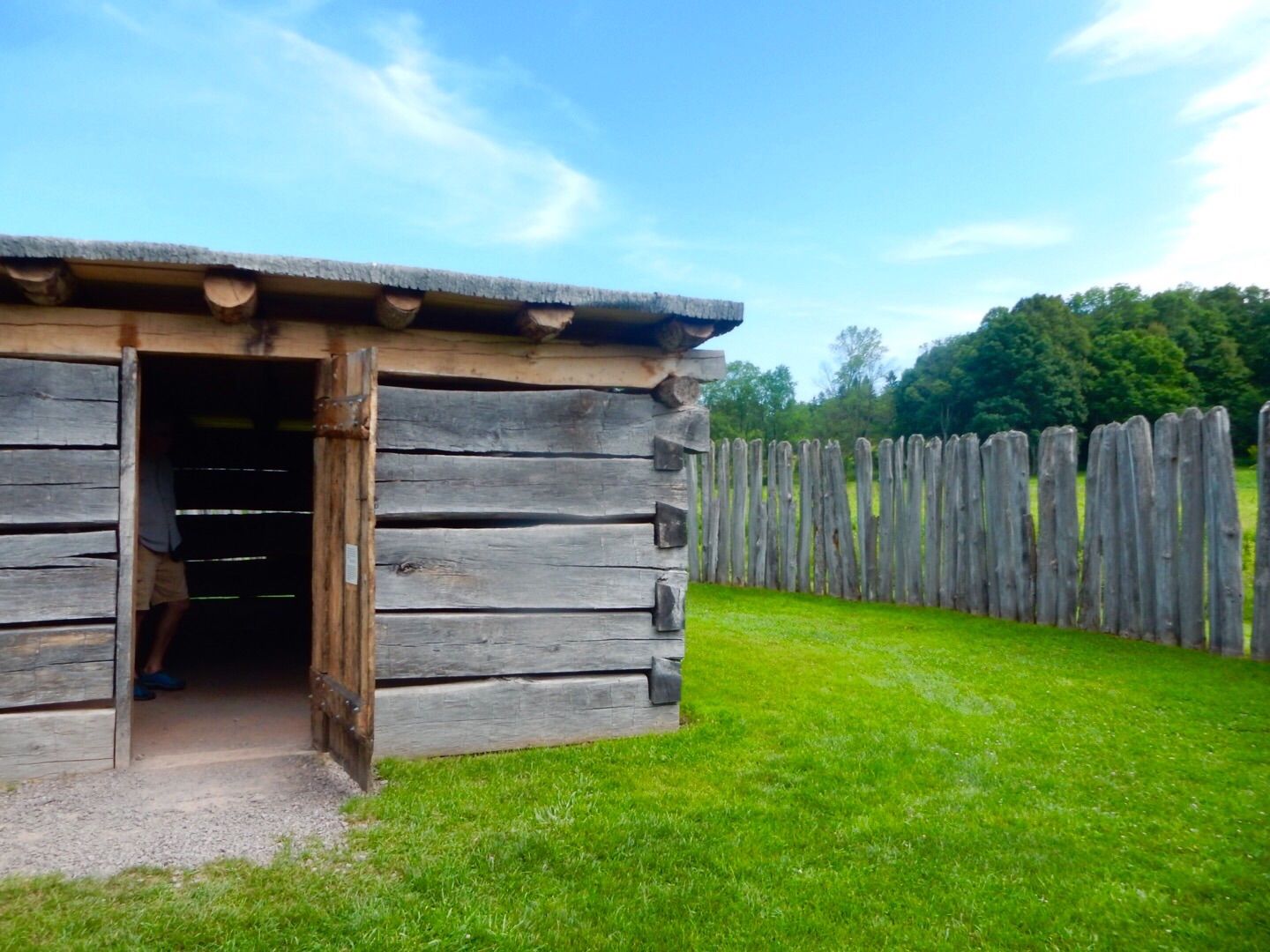
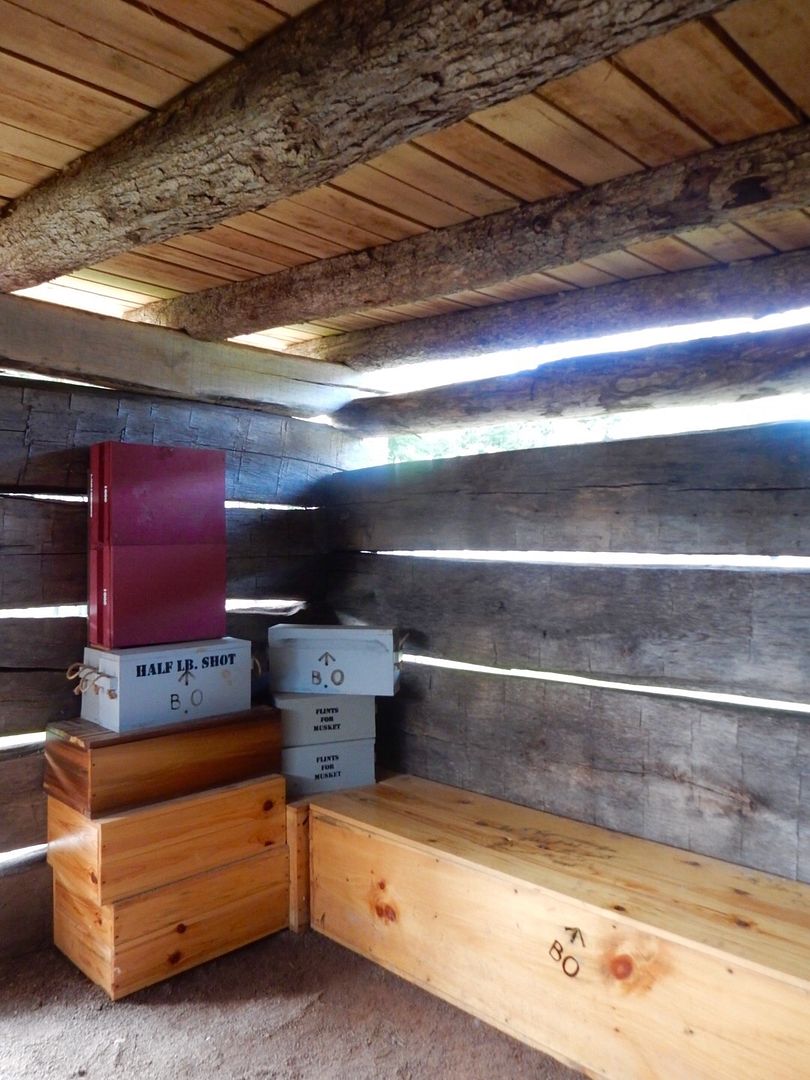

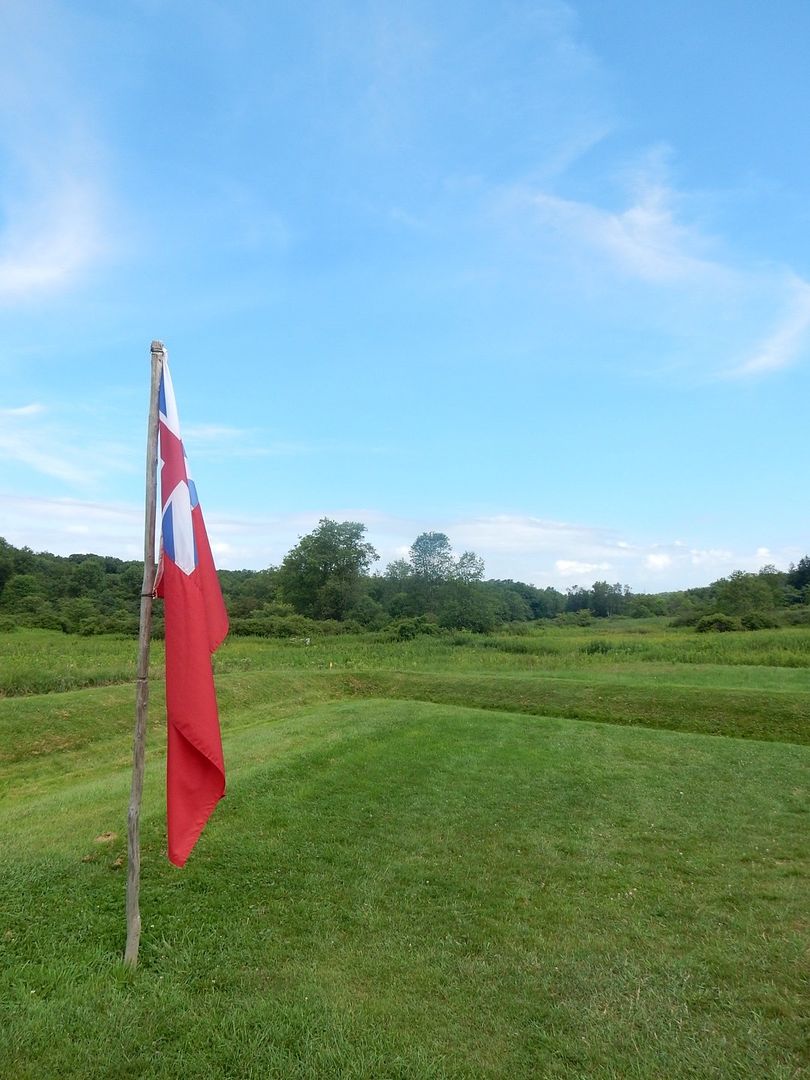
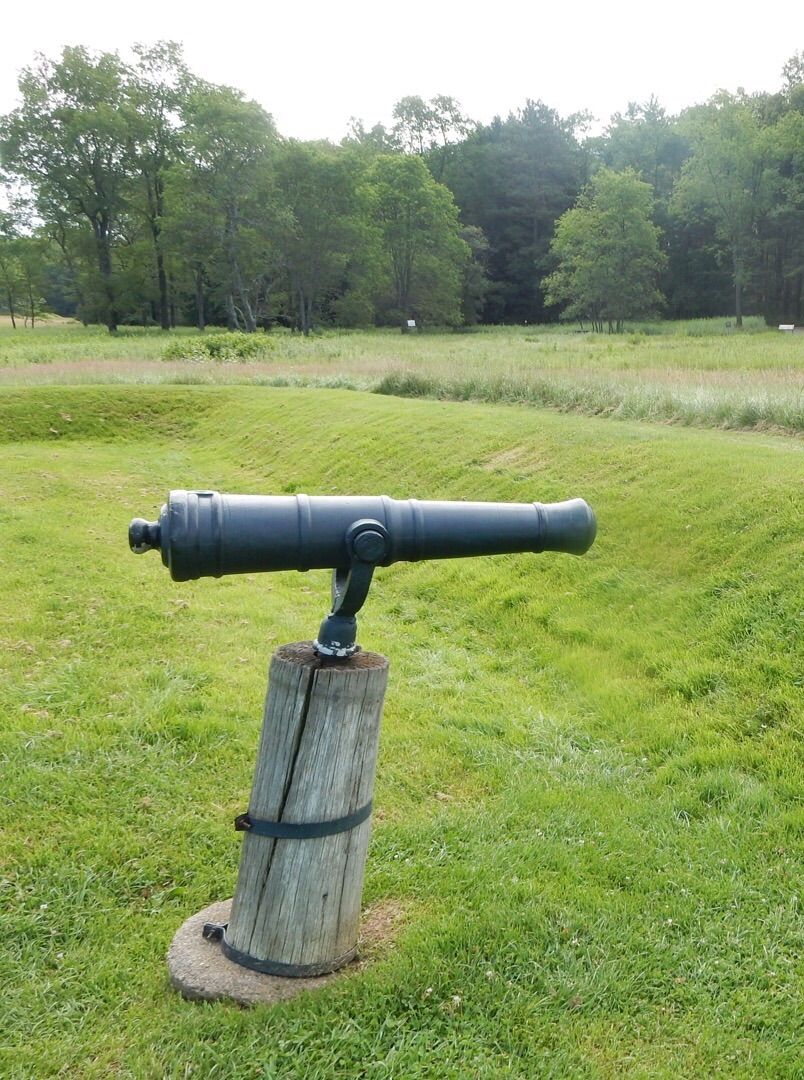
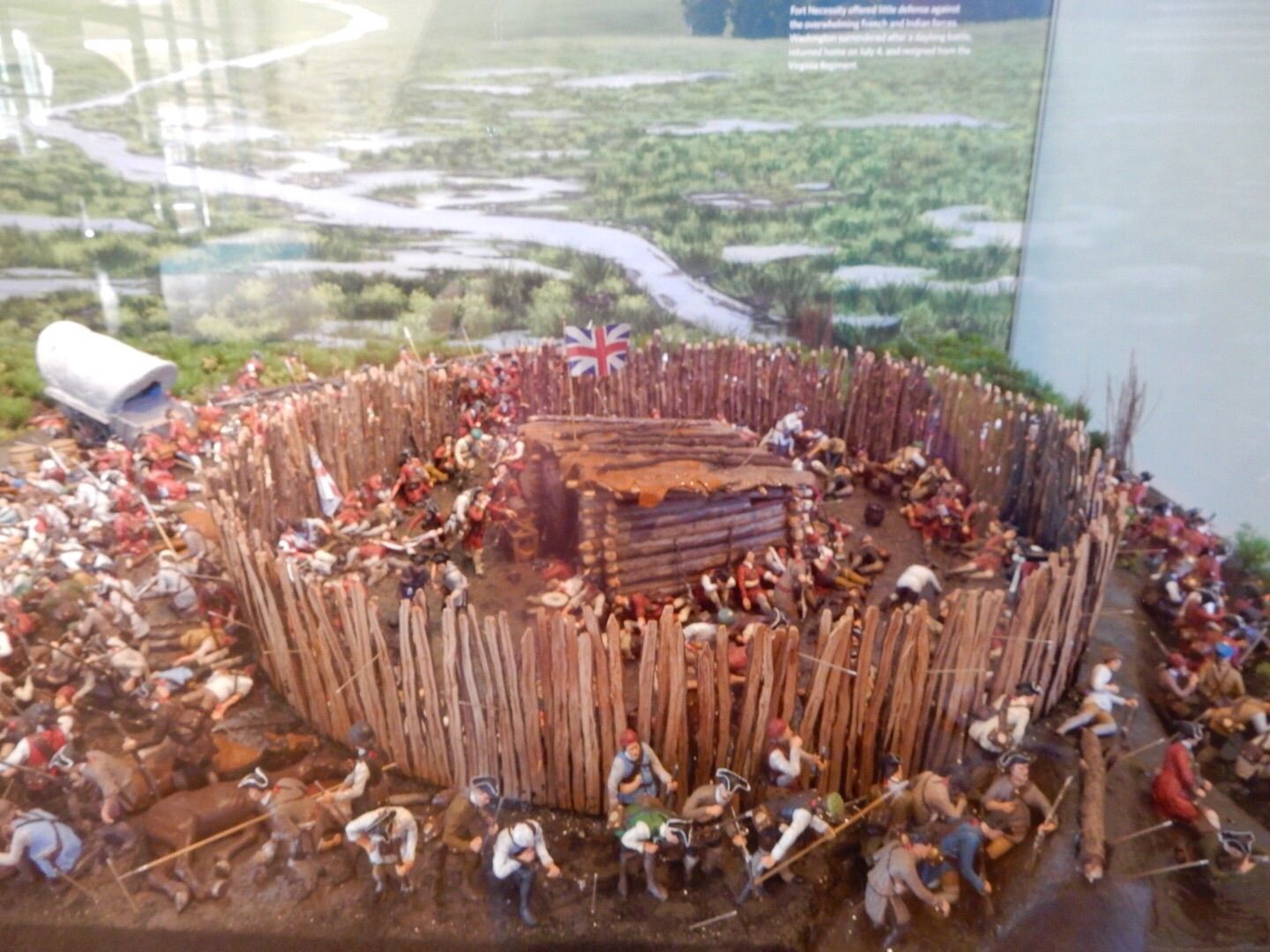
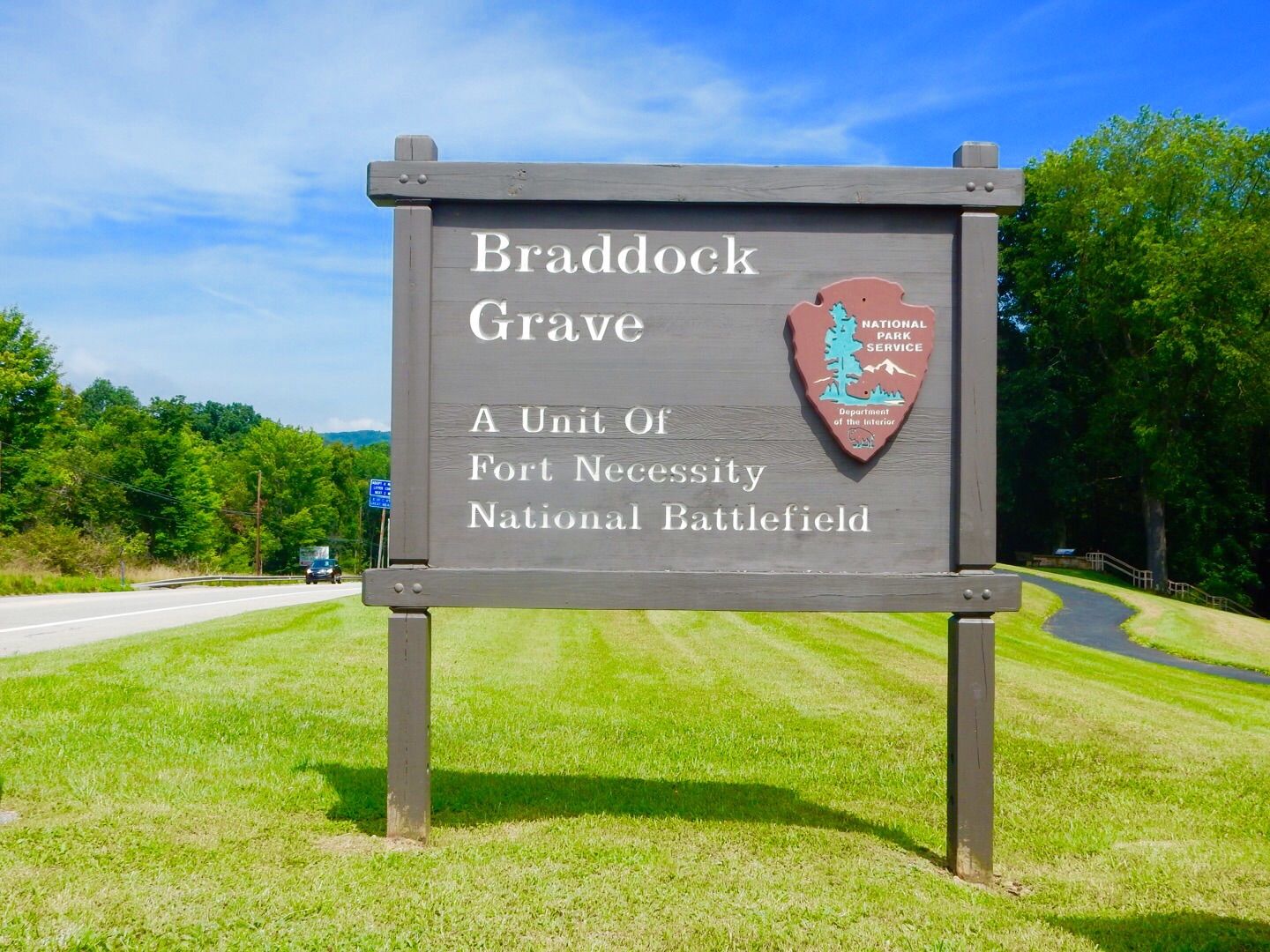
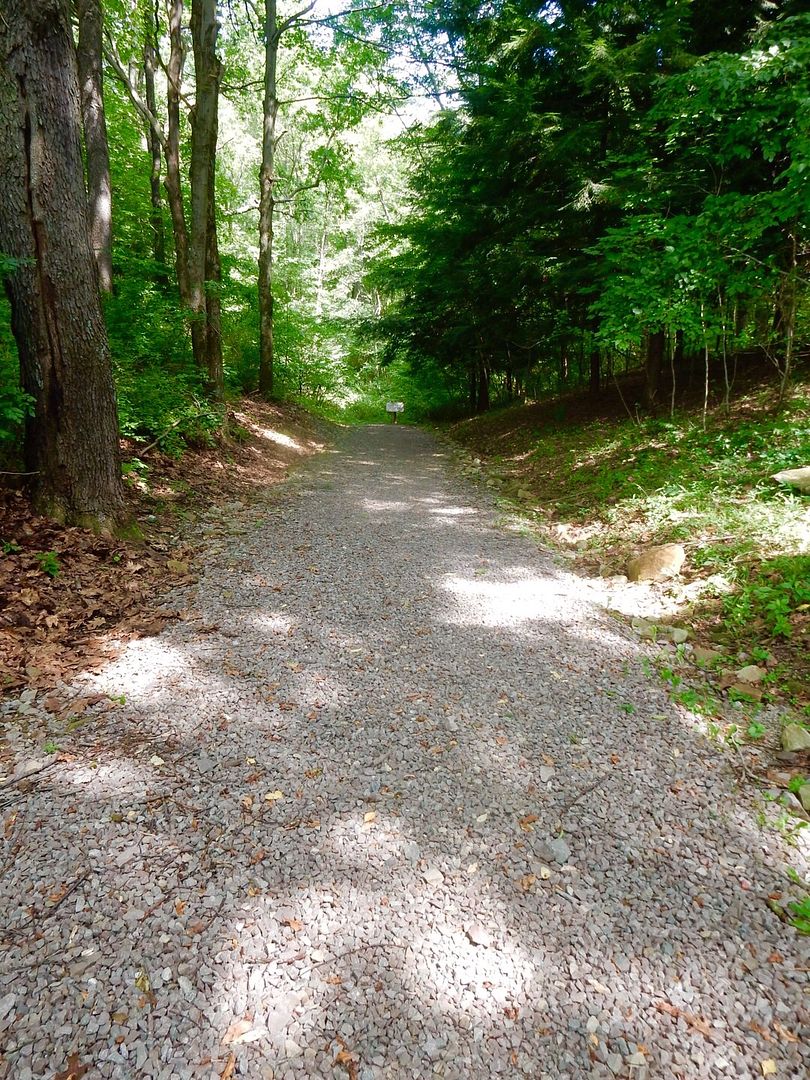
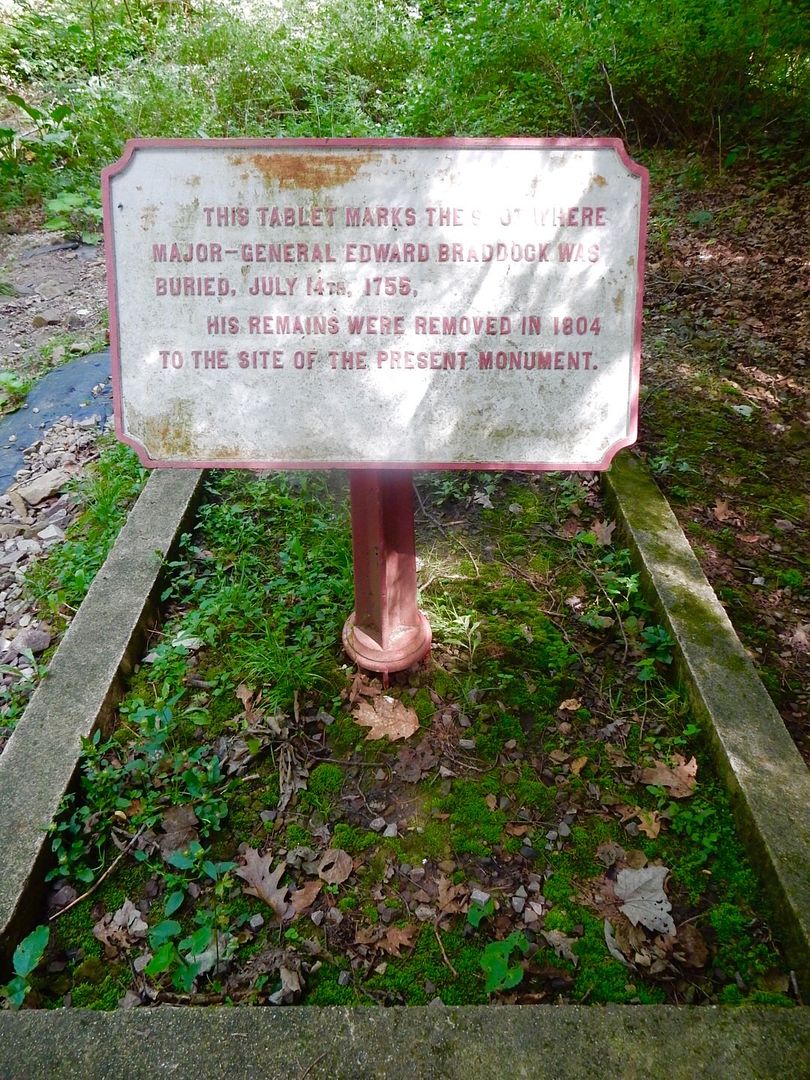
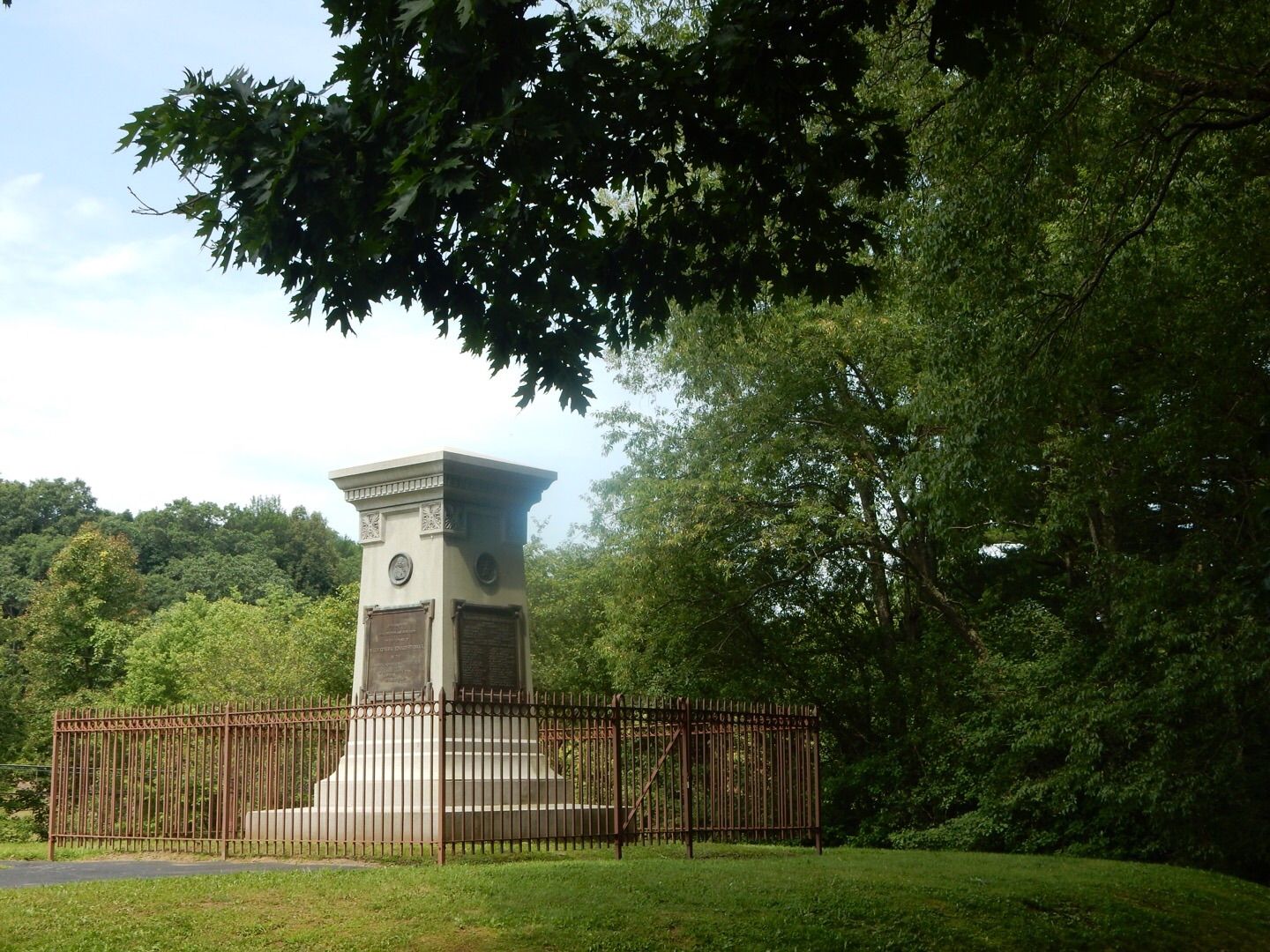
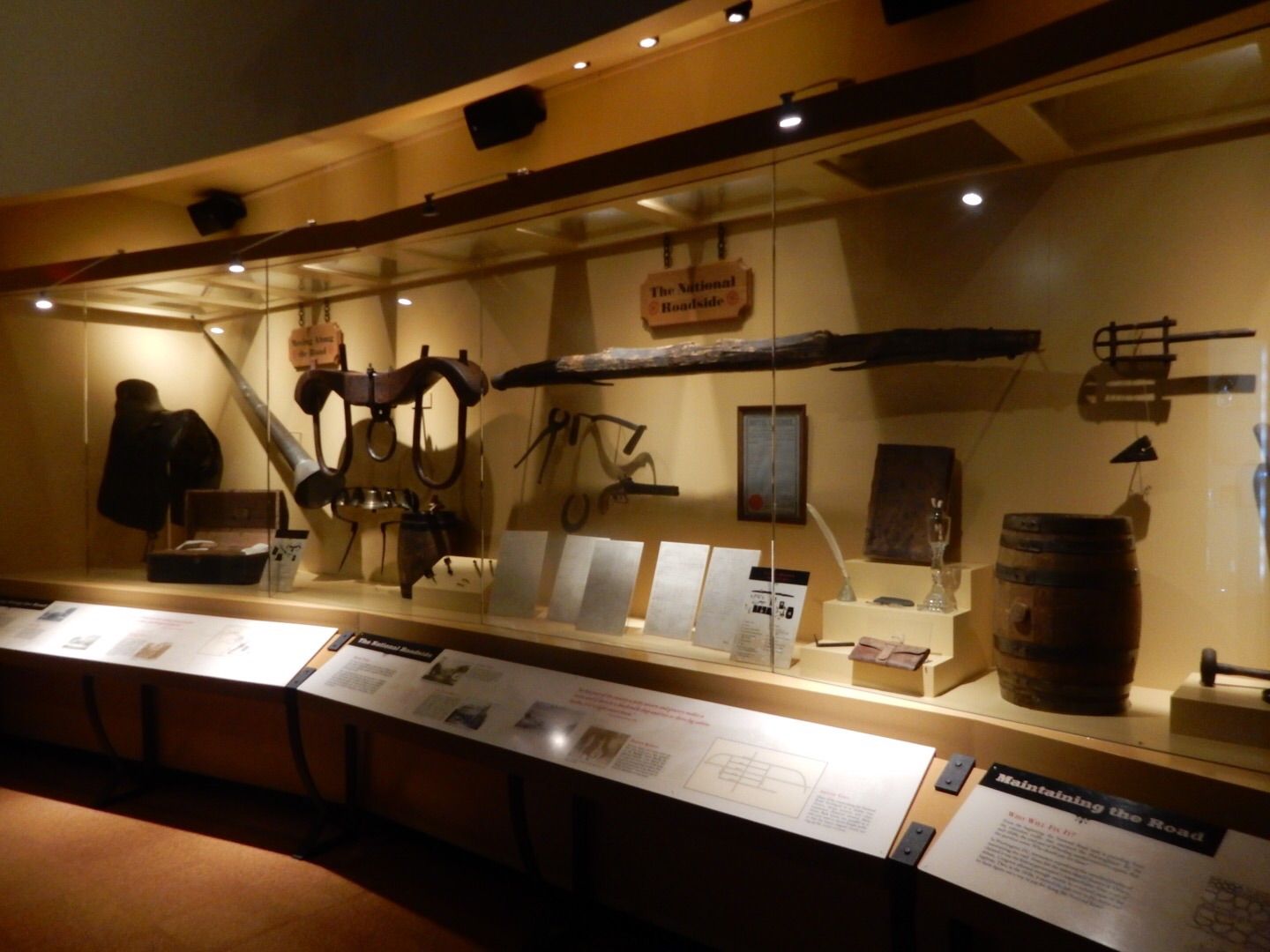

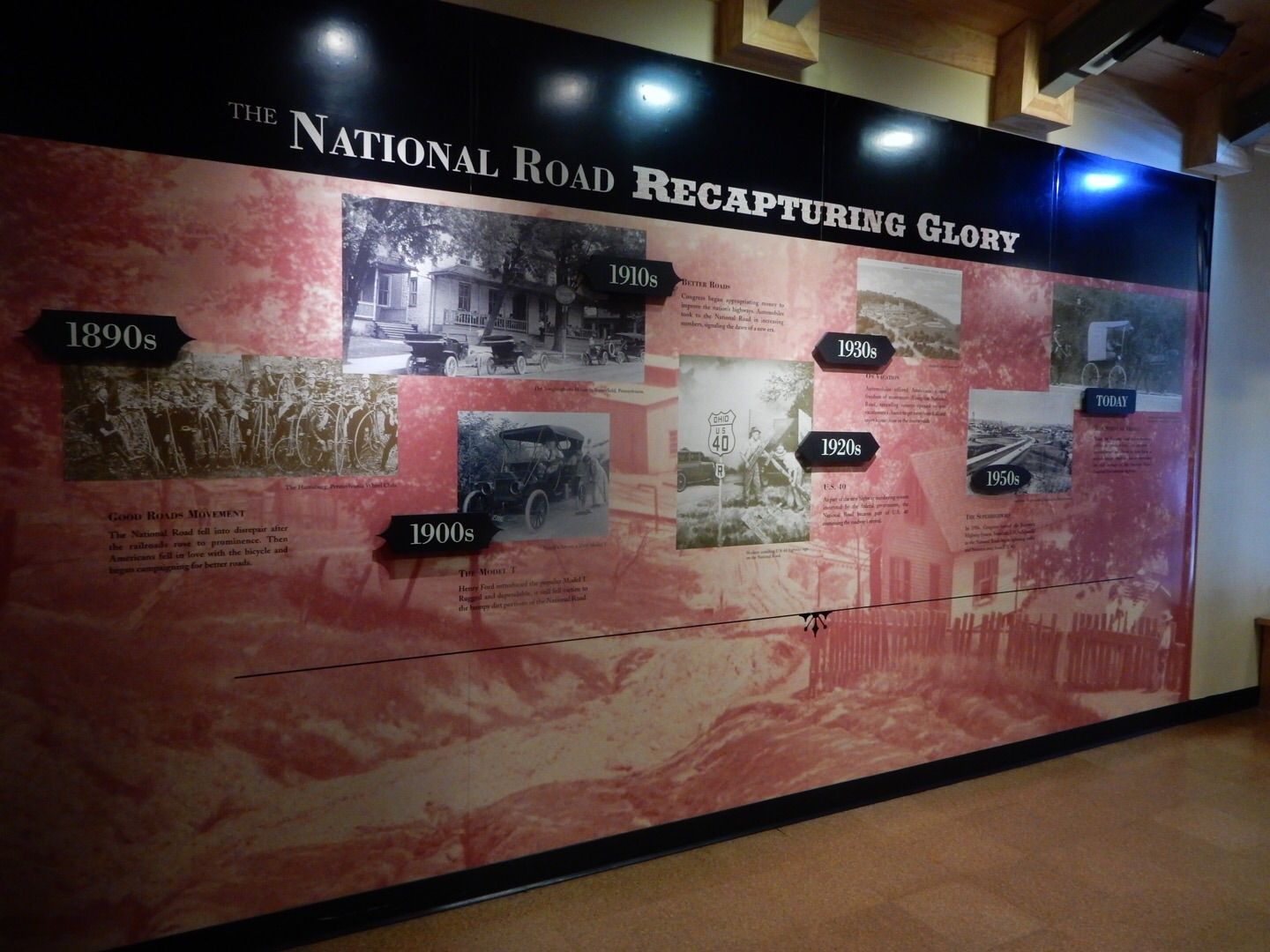


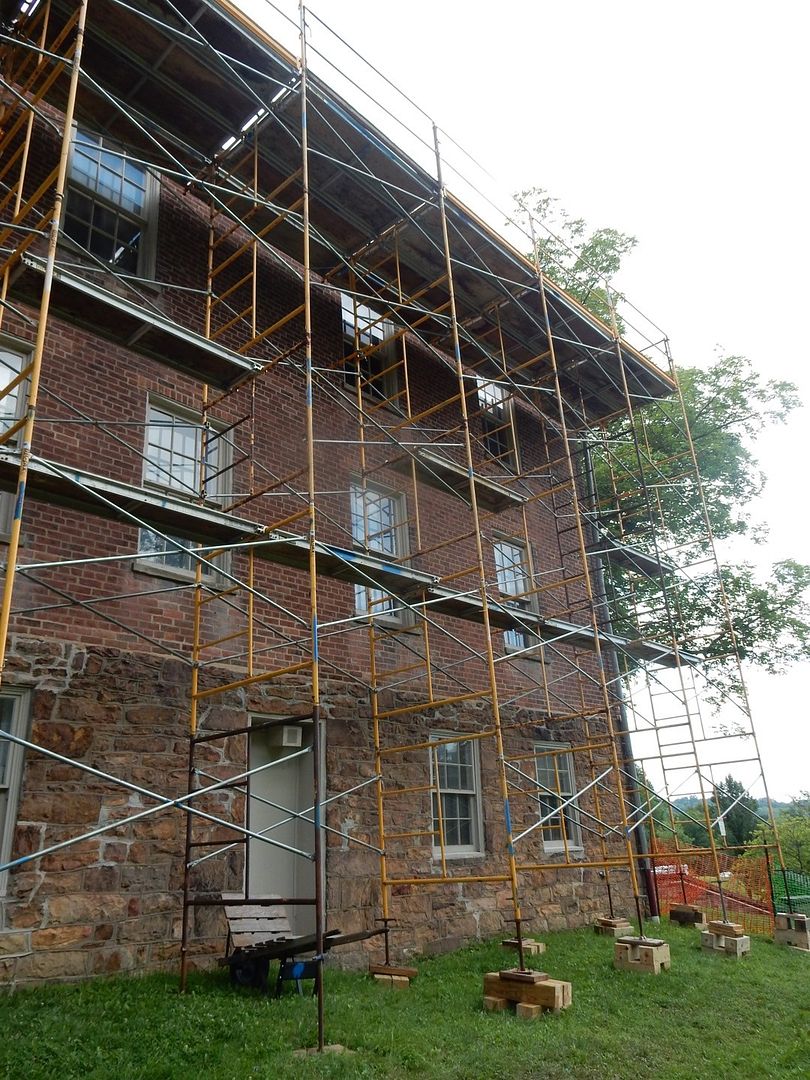



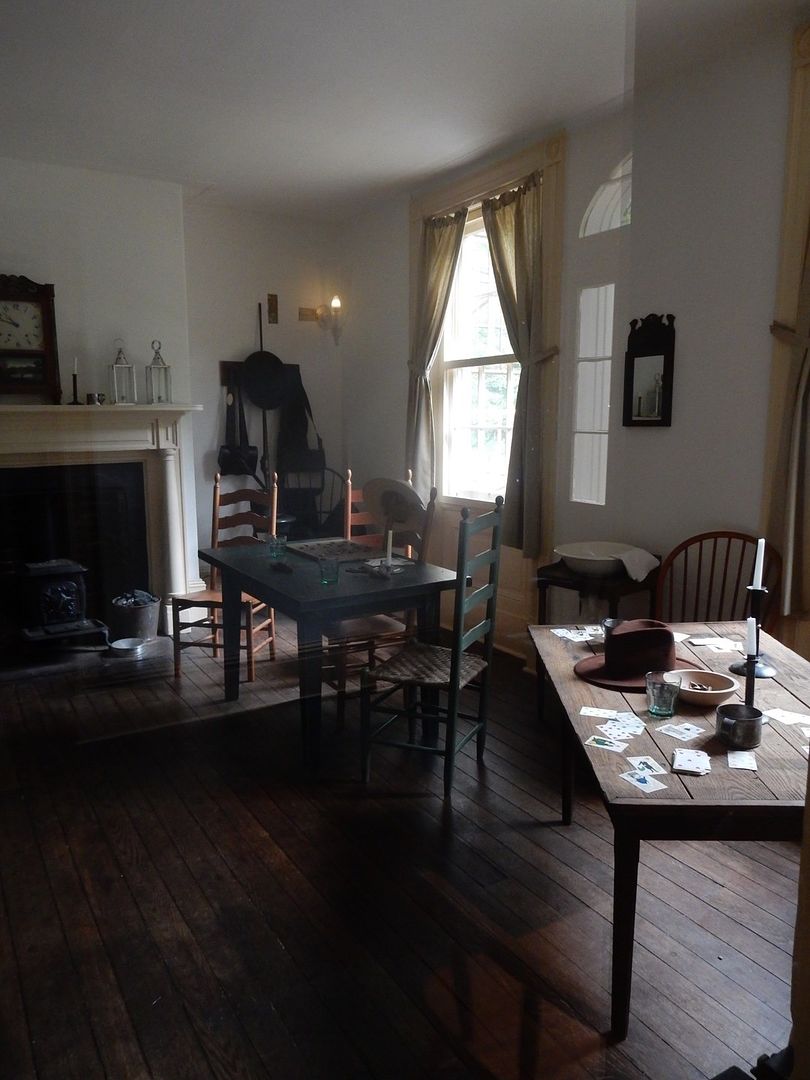
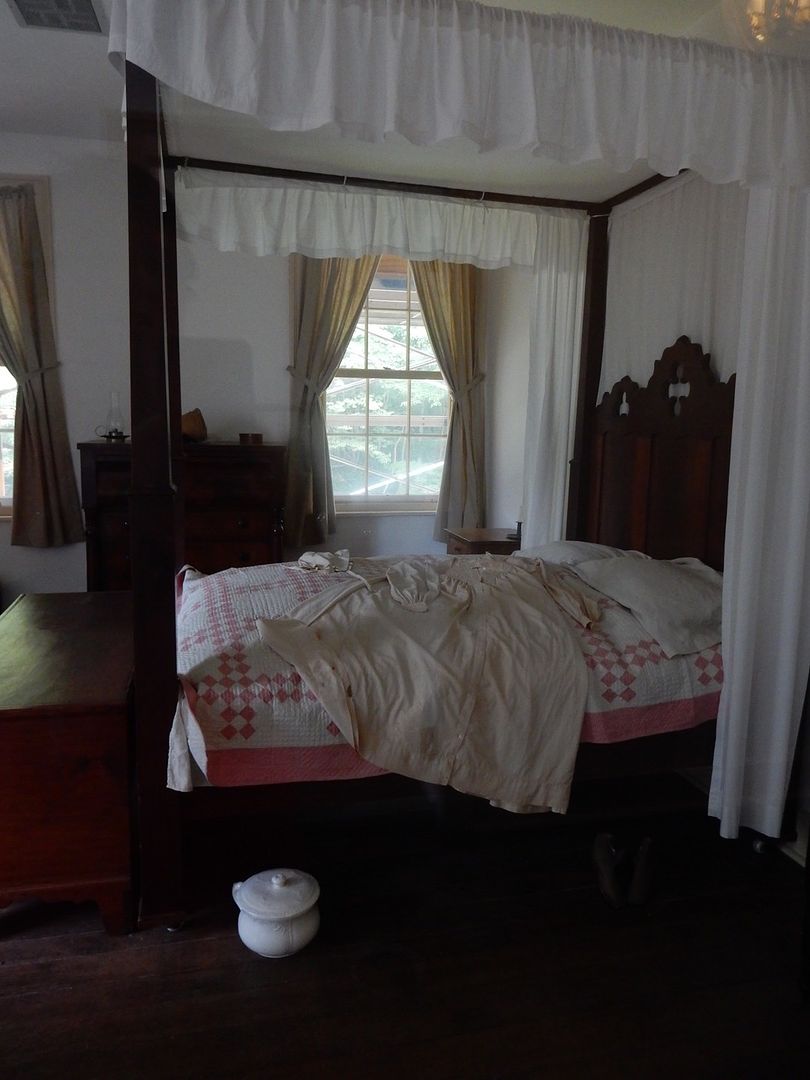

No comments:
Post a Comment